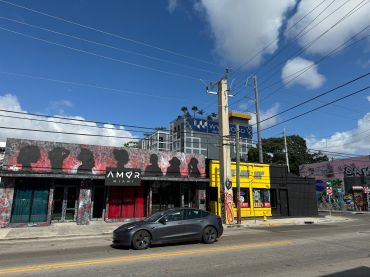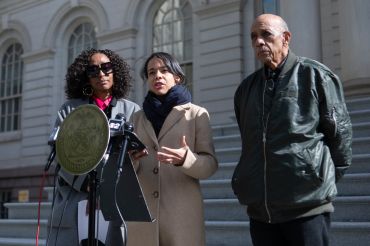Our subways are jammed with riders, day and night, weekday and weekend. In September, daily ridership exceeded 6 million, the highest daily ridership since the figure was first recorded in 1985. Fortunately, the MTA is planning to purchase more than 1,800 new subway cars and by the end of the year, the new 7 extension will connect the city to Manhattan’s Far West Side.
The challenge for most riders is congestion on subway platforms, over-crowded stairwells, and the difficulty of maneuvering through stations. Nowhere is this problem more intense than in Midtown Manhattan’s Grand Central Station, where subways riders and suburban commuters converge in the outmoded corridors and passageways that make up Grand Central.
The MTA places priority on the maintenance and upgrading of the subway cars and tracks, and as a result, we need a new way to finance essential, overdue subway station infrastructure. The proposed One Vanderbilt Avenue office tower provides a new way to finance transportation infrastructure without draining the MTA budget. The firm building this skyscraper, on the southern end of the long neglected Vanderbilt Avenue, will spend $210 million, to reduce crowding and make the subway experience less stressful and chaotic. More than two thirds of the funds will be used to improve the entrances, platforms, and passageways to the 4, 5 and 6 subway lines.
These improvements in will make it easier for all New Yorkers and millions of visitors to move through one of the city’s great treasures, Grand Central Terminal, which will soon have direct service from the Long Island Railroad as well as Metro North. It is especially important that the project will improve access to Grand Central from already-existing buildings located on the south side of 42nd Street as well as adding a spectacular new indoor public transit hall in the base of One Vanderbilt and an outdoor public plaza on Vanderbilt Avenue.
Most important, all the privately financed improvements must be completed before any tenants are allowed to occupy the new office tower in 2021. For the first time, subway riders will take priority over commercial tenants in the financing of improvements that will serve the public.
There is simply not enough money to meet all the needs of our modern transit system. We cannot rely on the turnstile and debt to do everything. We will need to increasingly look to the private sector to contribute to our mass transit system.
One Vanderbilt Avenue is a model for city planners and elected officials should look to as they approve new housing and commercial projects in all five boroughs. Let the MTA meet its responsibilities for operating the subway system, but we should recognize that new development could contribute to essential improvements.
Fifty years ago, we asked developers to create plazas in front of their buildings; 40 years ago, we asked them to build public schools in their buildings; 30 years ago, we asked them to include subsidized housing; now is the time for mass transit improvements to be part of the development formula.
Mitchell L. Moss is a professor of urban policy and planning at NYU.


